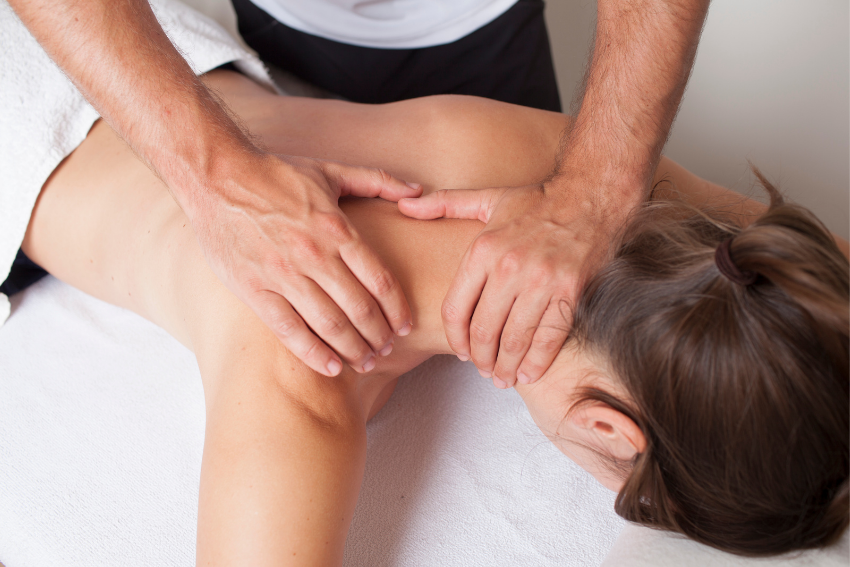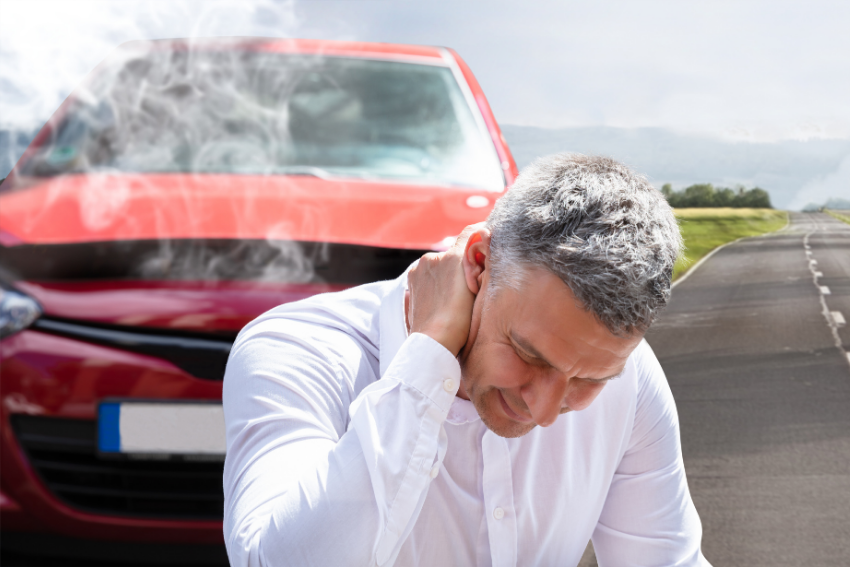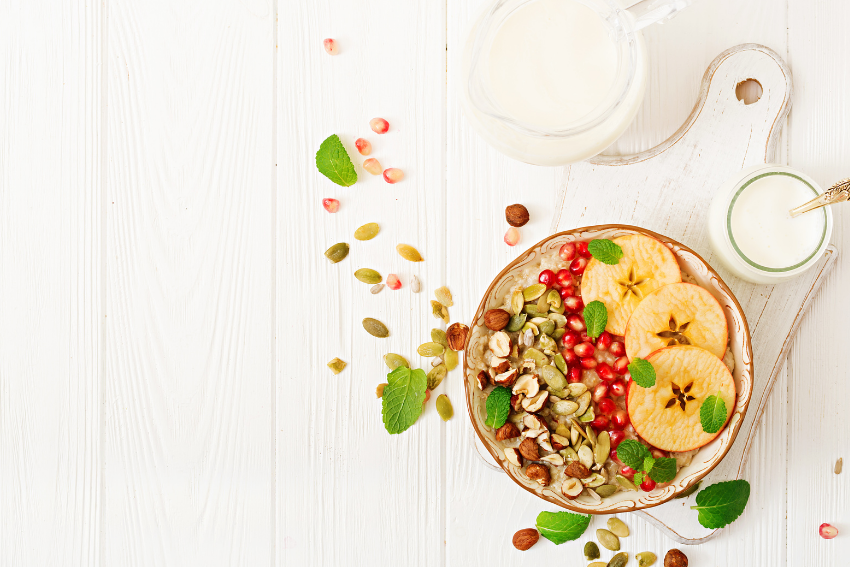Back pain is very common – 49% of the adult population of the UK report low back pain during any year. It’s the second most common reason people see their doctor.
Some back pain occurs due to a lifetime of bad habits. Other back pain causes include accidents, muscle strains, and sports injuries. Although the causes may be different, most often they share the same symptoms.
However as debilitating as back pain can be, most instances of it are manageable, and people who get proper care and advice often see improvement within a matter of weeks. Here we look at the main types of back pain, the causes, and symptoms and what you can do to get better.
Lower Back Strain
Is the main cause of back pain, whether short term (acute) or long term (chronic). Symptoms of lower back strain include:
- Pain and stiffness in the back.
- Pain in the buttocks and the legs, often in the back of the thigh.
- Pain that worsens when bending, stretching, coughing, or sneezing.
Lower Back Strain occurs because a series of muscles and ligaments in your back hold the bones of your spinal column in place. You can strain these muscles by stretching them too far, causing tiny tears. The muscles are then weakened, so they may not be able to hold the bones of your spinal column in place correctly. The spine becomes less stable, causing low back pain. As nerves stretch out from the spinal column throughout the entire body, low back strain can cause pain in areas other than your back.
Low back strain can be caused by:
- Extreme physical exertion.
- Repetitive movements such as lifting, driving, bending, twisting may also result in a bad back.
- Accidents such as a fall
- Poor posture, especially when sitting
- Being overweight
- Weak muscles in your back and abdomen
- Sitting in the same position for long periods of time.
- Emotional stress
Keep in mind that low back strain can’t be blamed for all back pain. There are many other causes, like ‘slipped discs’, fractures, pinched nerves, arthritis, and infections.
Sciatica
Sciatica is another common type of back pain affecting the sciatic nerve, a large nerve extending from the lower back down the back of each leg. For some people, the pain from sciatica can be severe and debilitating. For others, the sciatica pain might be infrequent and irritating, but has the potential to get worse.
The Symptoms of Sciatica are
- Pain in the buttock or leg one side side that is worse when sitting
- Pain, burining or pins and needles in the leg or foot
- Weakness, numbness, or difficulty moving the leg or foot
- A shooting pain that makes it difficult to stand up
Sciatica usually affects only one side of the back and lower body. Often, the pain extends from the lower back all the way through the back of the thigh and down through the leg. Depending on where the sciatic nerve is affected, the pain may also travel to the foot or toes.
What Causes Sciatica?
Sciatica is caused most commonly by the Sciatic nerve being irritated, either by a tight muscle near to the nerve or by pain chemicals that are released in your body when you have an injury.
There are less common causes of Sciatica; narrowing of the spinal canal in the lower back, the discs in the spine losing their height through wear and tear or disease, or one vertebra slipping forward over another – sometimes due to a fracture in the vertebrae or just how the bone is formed at birth.
Spinal Disc pain
Most patients know this type of back pain as a ‘slipped disc’ although the discs do not actually slip.
The symptoms of disc pain
Spinal discs are fibrous rings (like in a tree), containing a soft gel-like ‘cushion’ between each of the bones of your spine. Discs cannot ‘slip’ because they are attached to the spine but the term ‘slipped disc’ can mean a tear in the fibrous rings, where the gel can push through.
The resulting pressure or irritation on the nerves that exit your spine can cause pain in your back, or referred pain over an area through which the nerves pass such as your legs. Leg pain, pins and needles, weakness or numbness can be caused by nerve irritation or pressure in the lower spine.
What causes disc pain?
Although a violent injury can damage a disk, problems with disks are often brought on by the normal aging process or by everyday activities, such as lifting heavy objects the wrong way, or slips and falls. A sudden movement like this can cause the fibrous outer covering of the disk to break or distort to the point that the gel leaks out and presses on a nerve or releases chemicals that irritate the nerve.
Discs can also suffer wear and tear through normal living but research has so far proven only that genetics is a factor in this.
How can you help your back pain?
Gone are the days of lying in bed for a week to rest your injury – GPs traditionally recommended rest for back pain but the research now disproves that.
At TCHP we recommend that you move around gently and regularly (within your pain limit) which improves your recovery time and strengthens the damaged area. We also recommend that our patients at home use ice and heat to help the pain and also an over the counter pain relief medication for the first 24 hours if you know it is safe for you.
Getting the right advice and treatment is important for back pain to resolve as quickly as possible but also important if you want to prevent it from coming back.
To prevent back pain coming back, review the things that may have triggered it in the first place such as being overweight not exercising regularly, sitting for too long, wearing high heels, or sleeping on a mattress that is too soft.
A note about serious Injuries. Since some symptoms of low back strain are similar to those of more serious conditions, it’s important to get checked out by a medical professional. Any numbness and weakness in your legs, bowel and bladder problems, or pain at nighttime that is not eased by changing position can be a sign of nerve damage and is serious and could lead to paralysis so if in any doubt you should seek help immediately.







